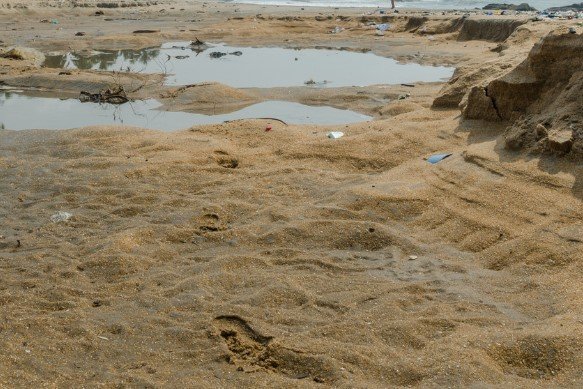A growing environmental crisis is unfolding along the stretch of the Yamuna river in Haryana, as rampant illegal sand mining activities are reportedly causing significant and concerning alterations to the river’s natural course. This illicit extraction, driven by high demand for construction materials and often operating outside regulatory frameworks, poses a severe threat to the ecological integrity of one of India’s most vital waterways. Environmentalists, local communities, and concerned citizens are raising vociferous alarms, highlighting the profound long-term ecological damage being inflicted upon the riverine ecosystem. The unauthorized removal of sand and gravel from the riverbed accelerates erosion of riverbanks, fundamentally destabilizing the riparian zone and increasing the vulnerability of adjacent land to floods.
Beyond the immediate physical changes to the river’s path, the relentless illegal mining disrupts the delicate balance of aquatic ecosystems. The removal of sediment impacts fish breeding grounds, alters water flow patterns, and contaminates the water, posing a direct threat to biodiversity and the health of the river. Furthermore, a grave concern is the potential threat to groundwater levels. The removal of riverbed material can lower the water table, making it harder for surrounding agricultural lands to access water and potentially impacting drinking water sources for local communities. Despite periodic enforcement efforts and crackdowns by authorities, illegal mining continues to persist as a major challenge, often facilitated by organized criminal networks and operating in remote or less-patrolled areas.
The persistent nature of this destructive activity underscores the need for more stringent action and robust regulatory frameworks. Calls are intensifying for better, more transparent regulation, stricter penalties for offenders, and enhanced surveillance using modern technology to monitor and prevent illegal extraction. Protecting the vital Yamuna riverine ecosystem is not merely an environmental imperative; it is crucial for the livelihoods of countless communities dependent on the river for agriculture, water, and sustenance. The ongoing alteration of the Yamuna’s course serves as a stark reminder of the devastating consequences of unchecked exploitation of natural resources and the urgent need for a concerted, multi-pronged approach to curb illegal mining and ensure the long-term ecological health of India’s rivers.
